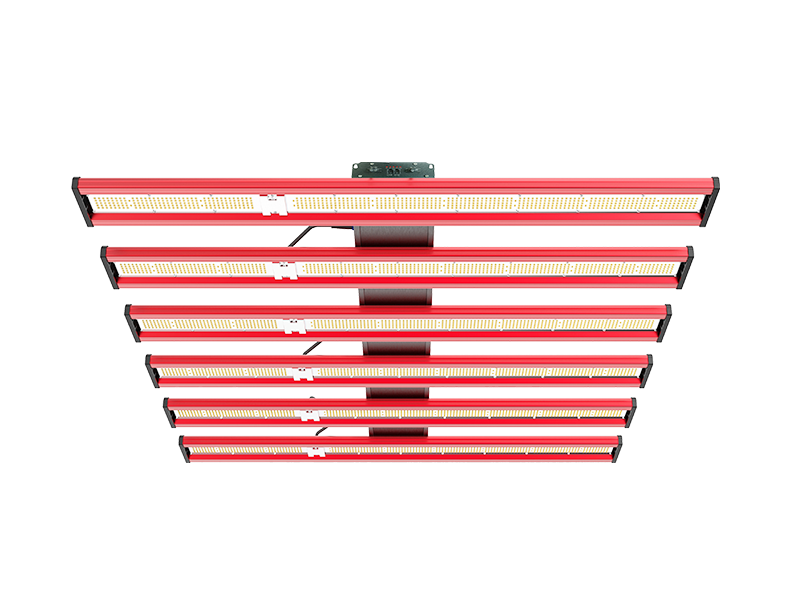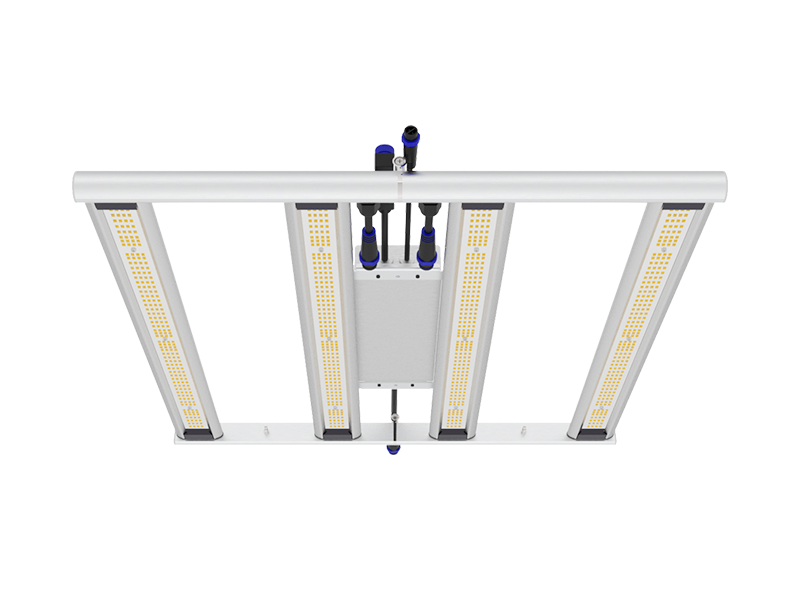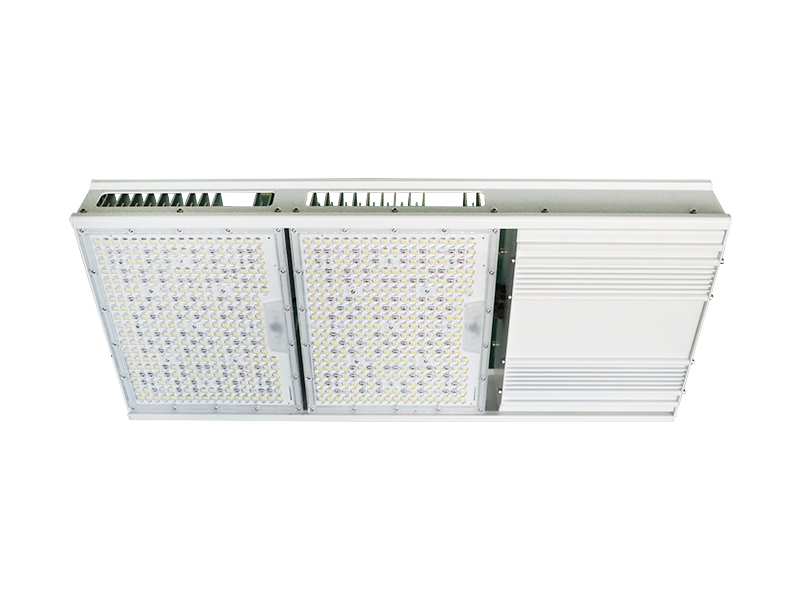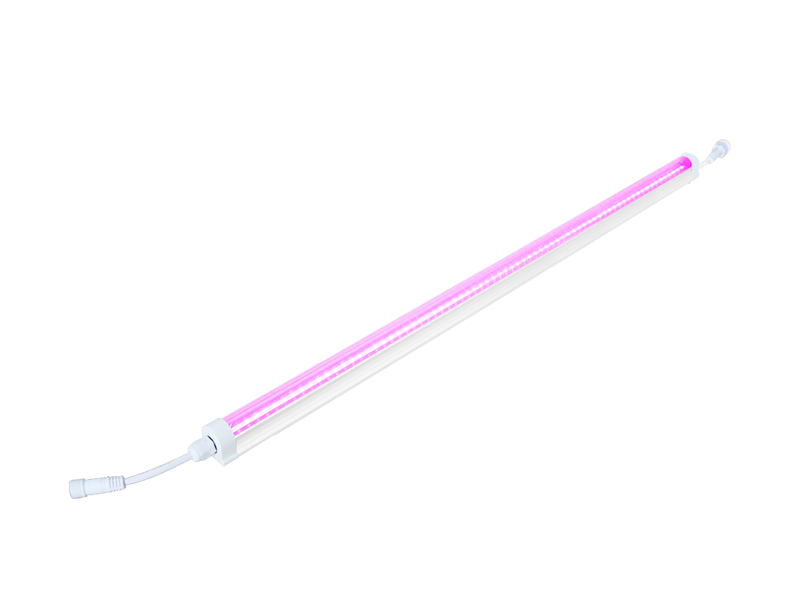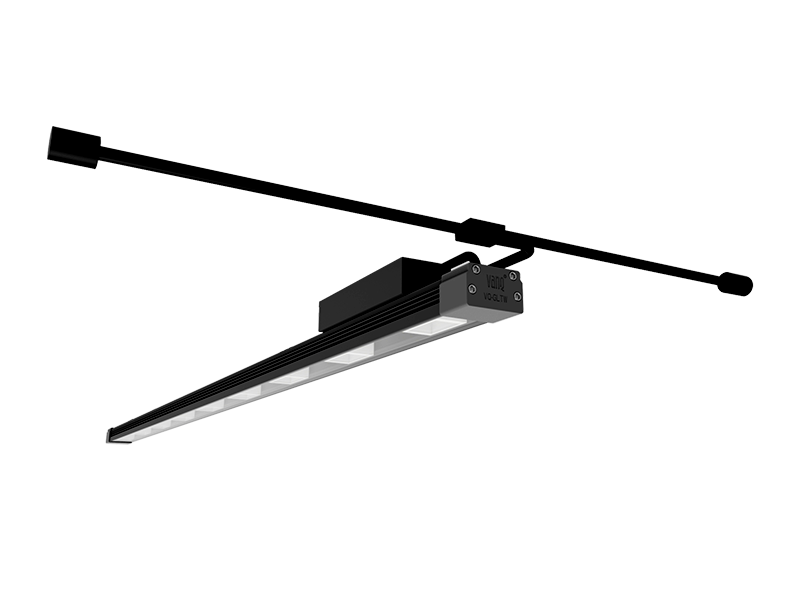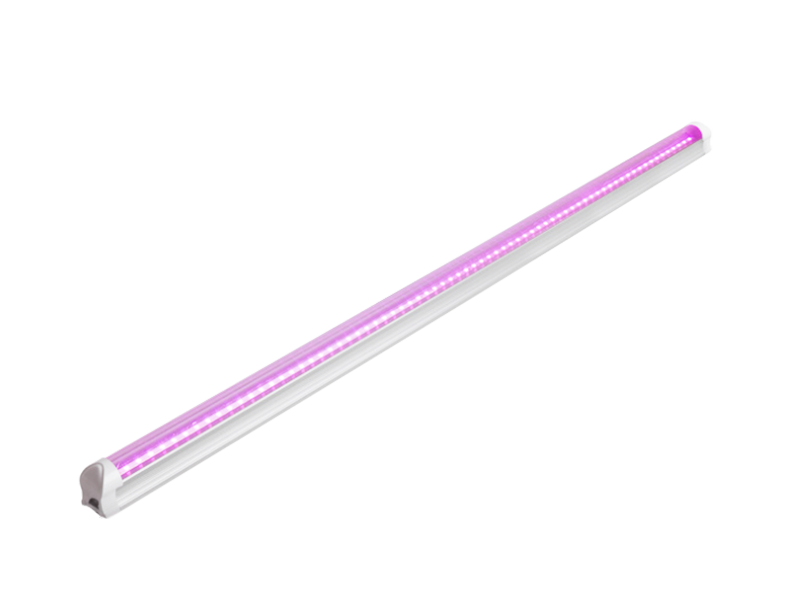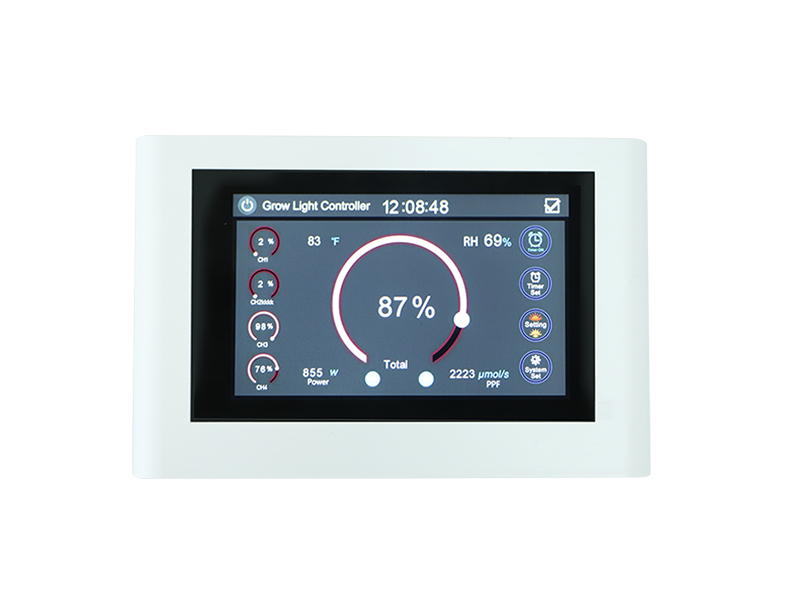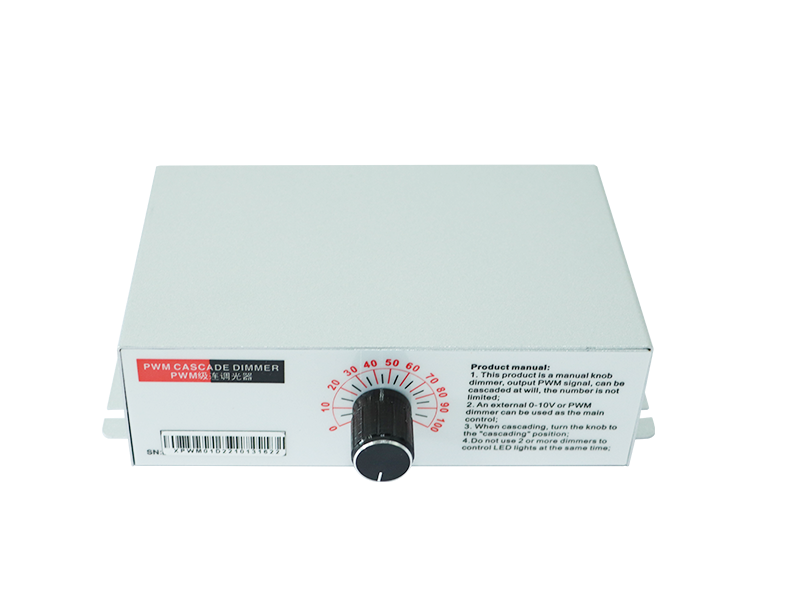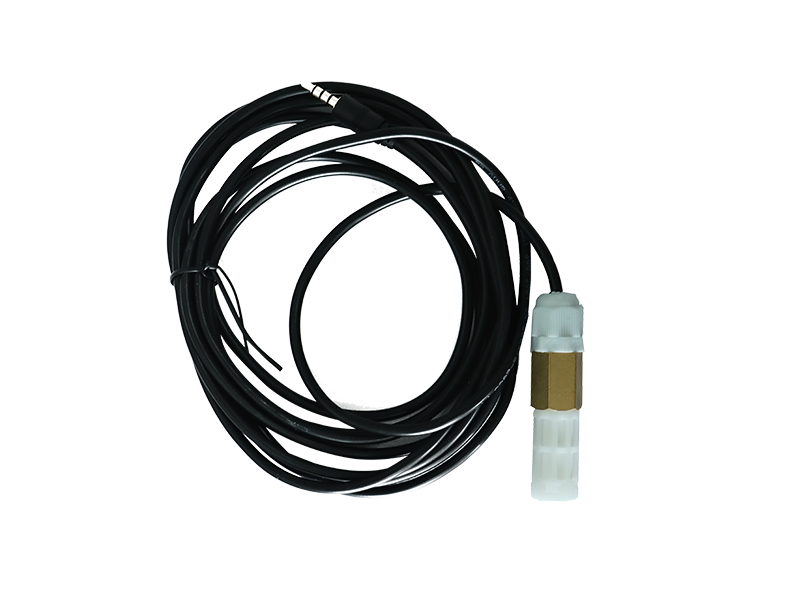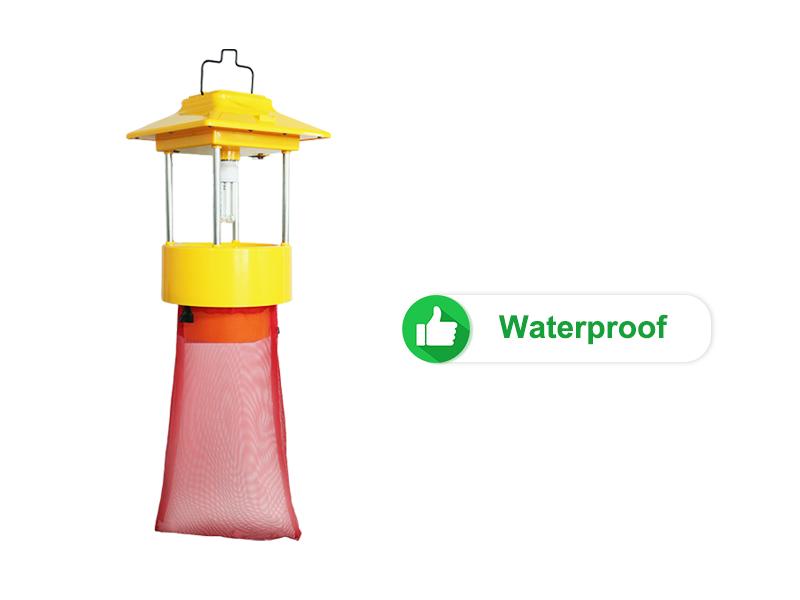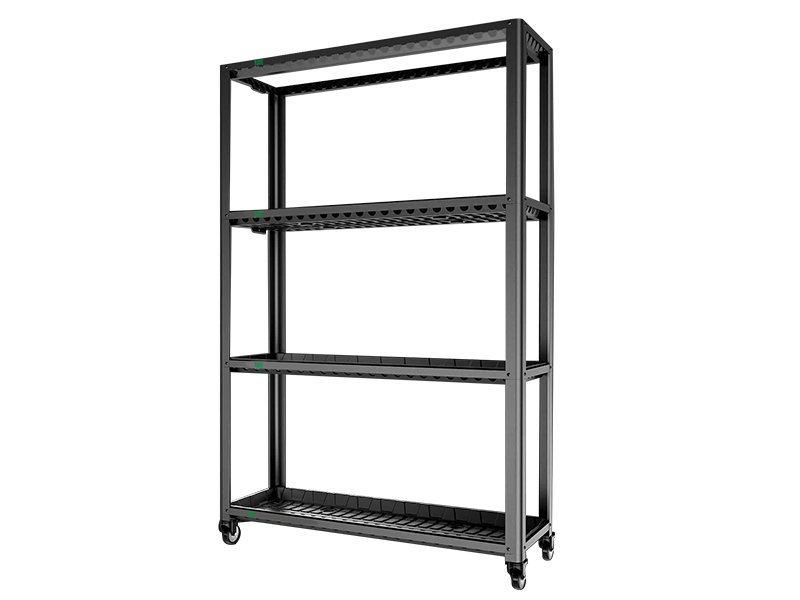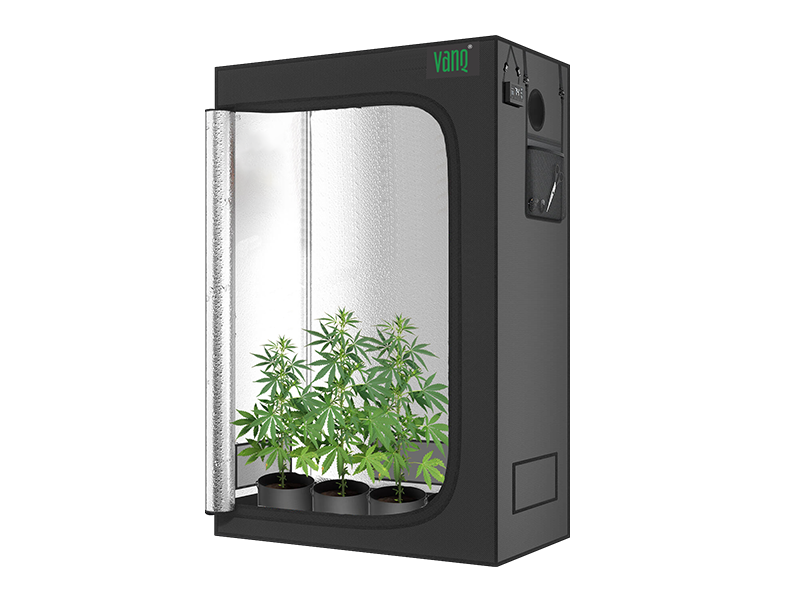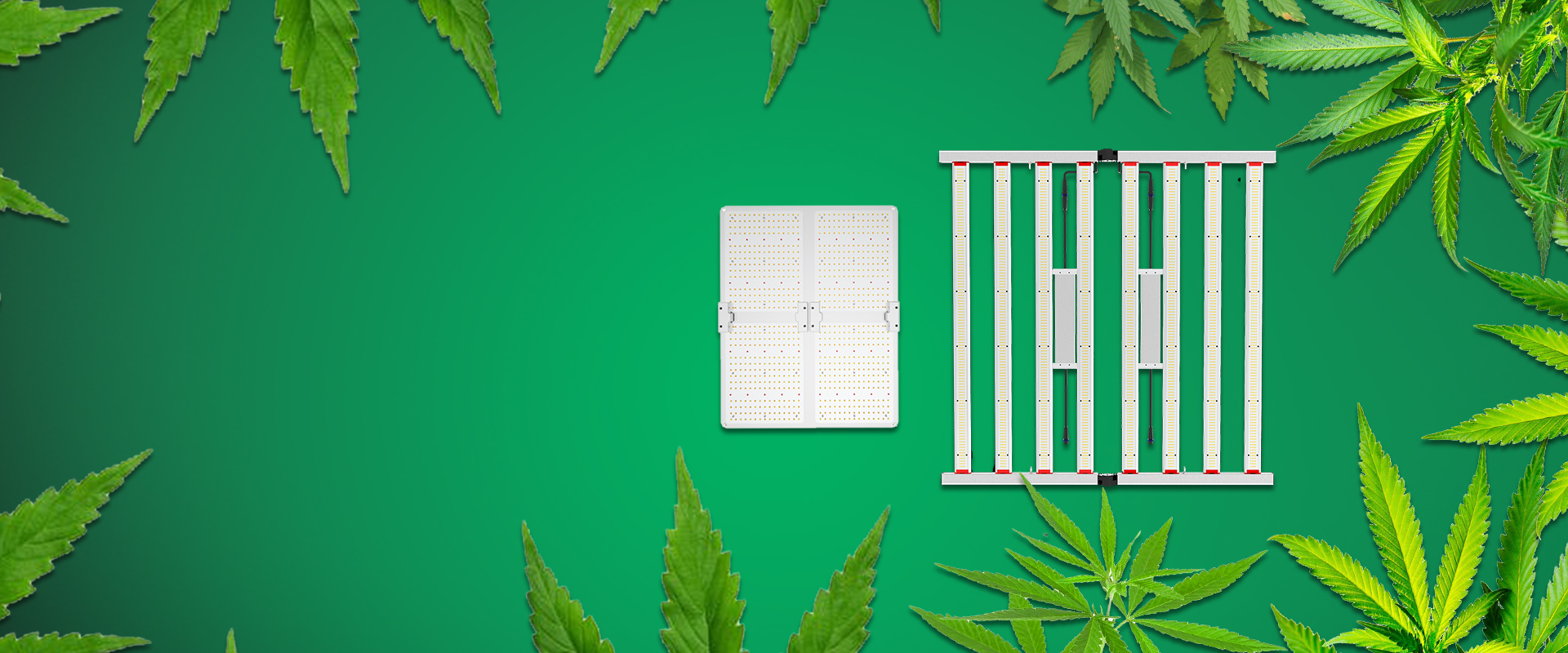Why should we pay more attention to PPFD instead of LUX when testing grow lights?
Let’s first explain what PPFD is and what LUX is.
What is PPFD?

PPFD, which stands for Photosynthetic Photon Flux Density, is a measure of the number of useful photons received by plants per unit area per second.
Simply put, plants rely on photosynthesis to grow, and PPFD tells us how much light the plant actually receives to participate in photosynthesis. The higher the PPFD value, the more photons the plant can absorb for photosynthesis.
When it comes to PPFD, let’s mention the light saturation point and light compensation point.
The light saturation point, simply put, is the ceiling of plant photosynthesis. After reaching this point, no matter how much you increase the light, the photosynthesis efficiency of plants will no longer increase.
Light compensation point, this point is the minimum standard for plant survival. Below this point, the energy produced by photosynthesis of plants is not enough for its own consumption.
Each plant has different lighting needs. When purchasing a plant light and looking at the PPFD value of the lamp, you must first understand the light saturation point and light compensation point of the plant to ensure that the growth light you buy meets the "needs" of the plant.
What is LUX?
LUX is mainly used to measure the perceived brightness of light by the human eye, indicating the number of light lumens received per square meter of surface. We use LUX more to judge whether a space is bright enough, such as indoor lighting, street light brightness, etc. .
In fact, our human eyes are more sensitive to green light, while plants prefer red and blue light.
The proportion of red light absorbed by plants is as high as 90%, which greatly affects the growth and development of plants; blue light can inhibit excessive elongation of stems, stimulate the production of chlorophyll and protein, and contribute to the thickness of leaves and the strength of stems.
Therefore, LUX is not suitable for evaluating the effect of plant growth lights. It mainly measures the perception of light by the human eye, and the spectral range required by plants for photosynthesis is different from the perception range of the human eye. This is why in plants Indicators such as PPFD are more commonly used in the evaluation of grow lights.
Cannabis led grow light recommend:
1.720w led grow light

The 720W cannabis lamp is equipped with Samsung white light and 660nm deep red high-efficiency light source, and the driver is UL CE certified to ensure safety. It not only has IP65 waterproof characteristics, suitable for various environments, but also supports personalized optical design to meet various customization needs.
Specification:
Spectrum:Full Spectrum+660nm red light
Typical PPF:2088 μmol/s
Efficacy:2.9 μmol/J
Weight:39.7IBS
Dimensions:113.4cm L x 100cm W x 8cm D
IP Rating: LED Bar IP65
Coverage area(grow rooms and grow tents):
Flowering footprint: 1.2 x 1.2 m, 4 x 4 ft
Vegetative footprint: 1.5 x 1.5 m, 5 x 5 ft


